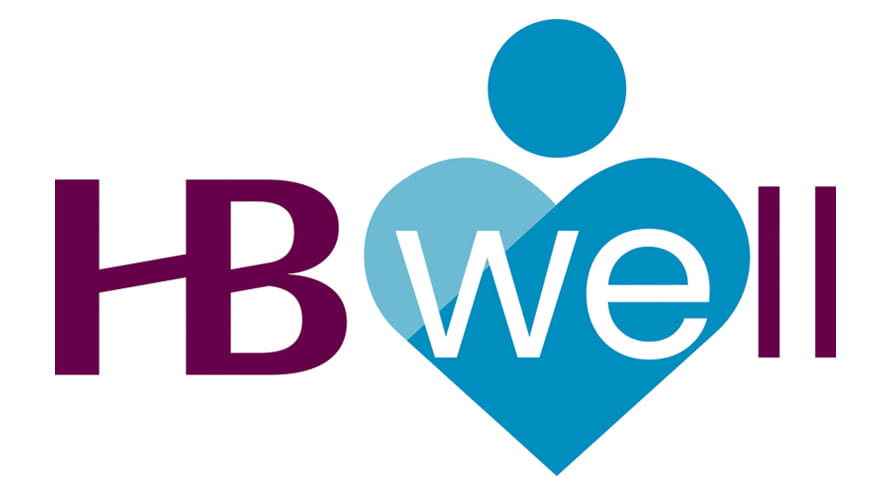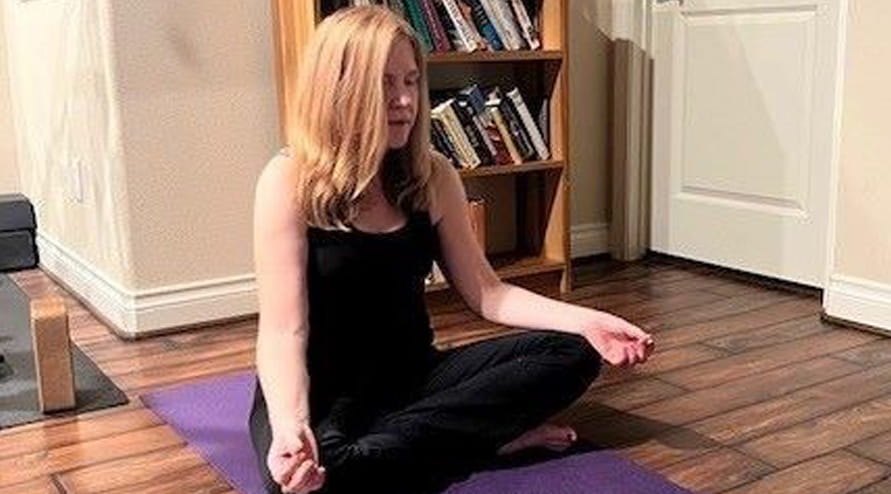
The thought of trying a high-profile case might cause heart-palpitations, shortness of breath, and other stress-related responses.
Attorney Ann Al-Bahish has found a way to minimize that pressure using proven meditation and calming techniques that she began adopting just after graduating cum laude from Harvard Law School in 1993.
 A partner in Haynes Boone’s Litigation Practice Group, Ann is highly adept in presenting and analyzing expert testimony and evidence. In 2020, she successfully represented a major energy company in a jury trial of environmental contamination claims that lasted five weeks. In 2018, she tried and obtained a complete defense judgment on a $90 million environmental allocation claim brought against her client in federal district court in Tacoma, Wash.
A partner in Haynes Boone’s Litigation Practice Group, Ann is highly adept in presenting and analyzing expert testimony and evidence. In 2020, she successfully represented a major energy company in a jury trial of environmental contamination claims that lasted five weeks. In 2018, she tried and obtained a complete defense judgment on a $90 million environmental allocation claim brought against her client in federal district court in Tacoma, Wash.
While Ann had tried meditation and other wellness modalities, it was during a period of very active work travel and trial work around 2016 that Ann committed to meditating each day.
“Meditation has helped me handle some very difficult situations that I would normally be anxious about, including being in trial,” she said. “It’s made a huge difference in so many ways.”
For one, meditation has helped her become more focused.
“Previously, a lot of my ‘productive’ time wasn’t all that productive – I was easily distracted, not present, and not rested,” she said. “Now, with the help of meditation, the time I spend on tasks is truly productive.”
Ann also learned that meditation can be done anywhere – in her home, office, garden, a wellness room, or even in an airport.
“Simple things that you can do anywhere can have a big impact. You don’t have to spend money or buy expensive clothes or equipment,” she said.
Who has Time for Self-Care?
Any lawyer with a successful, demanding practice can argue that they do not have time to meditate. Ann makes time to practice twice a day, in increments ranging from five minutes to 20-30 minutes. She starts when she first wakes up – before the morning chaos ensues.
“Whatever sort of anxiety I have about facing the day, it helps me reset and almost always makes me feel better,” she says.
Later in the day, she finds it is particularly helpful to take a pause. “A 20-30-minute session is better than a nap,” she says.
Meditating can simply be sitting quietly, walking, or using visualization while breathing, Ann says. For colleagues who want to give it a try, she suggests starting out easy and avoiding any self-criticisms or expectations.
“Some people will say, ‘I can’t meditate because I don’t know how to empty my mind.’ Or ‘I can’t keep still.’ That’s everybody. So what? Just stopping to remind yourself to breathe for a couple of minutes is helpful,” she says. “That is ‘enough.’”
“Start with bite-size pieces like a workout routine or anything else. You don’t start out by running a marathon.”
The Science Behind Meditation
During the pandemic, Haynes Boone introduced various resources for mental health awareness, including presentations with wellness coaches and weekly virtual meditations, to give employees a chance to catch their breath. The 20-minute meditations are led by Dorsey Standish, a neuroscientist and wellness expert at Mastermind who offers science-based research about meditation.
"I talk about how your brain literally changes with mindful techniques and practices,” Dorsey says.
The weekly meditations, which continue to this day, can be found on the firm’s internal portal in the HB Well section.
Researchers say meditation and mindfulness can help people manage anxiety, stress, depression, pain, or symptoms related to the withdrawal from nicotine, alcohol, or opioids.
Ann says meditation is certainly “an overall calmness booster” if she feels anxious.
“If I am worried about how a trial or an examination will go, it immediately calms me down,” she said. “I have the power within myself to not let these people get to me. I am reminded that I have it within me to calm and take care of myself.”
Getting Started Tips from Ann:
- Start small – take just a few minutes to sit and breathe.
- Give yourself grace.
- Start with a guided meditation to help you navigate the practice using apps such as Headspace or Calm.
- Remember that your breath and mind are free and can be a powerful stress-management tool with a little intentional effort.